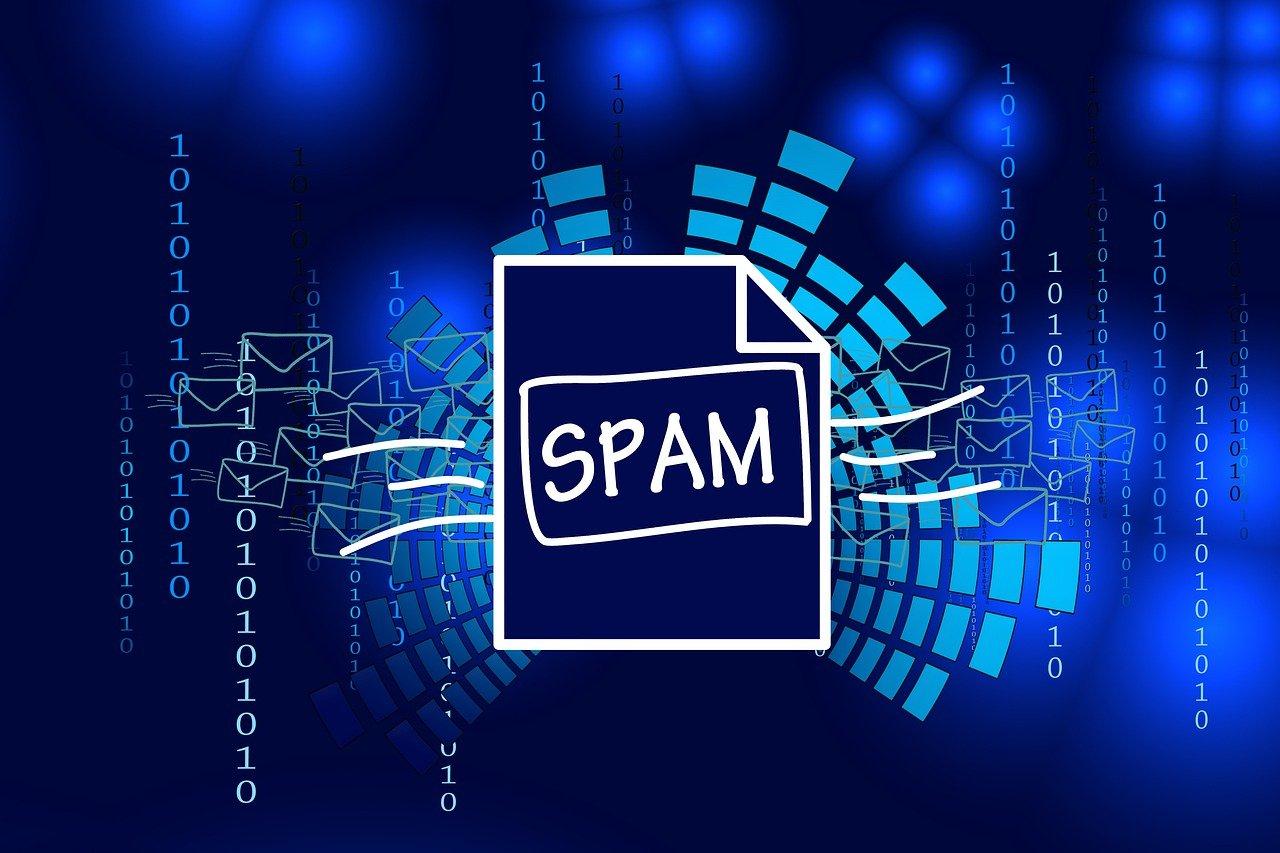
Keeping your email inbox clean and secure is essential for maintaining productivity and protecting your organization from threats. With Microsoft’s Exchange Online Protection (EOP), you have a powerful tool to help filter out spam, malware, and phishing attempts. However, simply enabling EOP isn’t enough. Implementing smart strategies can enhance its capabilities for even better Office 365 spam protection. Here are seven ways to reduce spam effectively using Exchange Online Protection.
1. Fine-Tune Spam Confidence Levels (SCL)
Exchange Online Protection uses Spam Confidence Levels (SCL) to determine the likelihood that an email is spam. Changing these levels may help one block even more unwanted messages from reaching her or his inbox. Extending the SCL threshold brings the filter to a higher sensitivity and may improve its performance, in case millions of spam messages get into your organization. But, bear in mind that one should be careful not to set the bar too low in case it classifies even genuine mail as spam.
2. Implement Anti-Phishing Policies
Phishing is a form of attack where messages are made to resemble normal messages in the bid to compel the recipient to provide sensitive information. Using EOP with enabled anti-phishing policies assists in dealing with these risks by identifying email forging and impersonation. Such are impersonation protection, which protects from emails that imitate the sending address of an existing user in the company, and domain impersonation protection, which is designed to find and filter emails from domains similar to the correct one. These settings further improve your chance of fighting spam.
3. Enable Safe Links and Safe Attachments
Exchange Online Protection comes with Microsoft’s Advanced Threat Protection (ATP) which includes Safe Links and Safe Attachments. Safe Links checks URLs in incoming emails for any unsafe link that a user may open, Safe Attachments similarly scans attachments for any unsafe software that may be within them. Making available these features can significantly decrease the likelihood of users getting in touch with dangerous messages that pass through the first spam filter.
4. Create a Block and Allow Lists
One wins at the expense of the other here because custom block and allow lists let one fine-tune which emails are spam. To minimize the effects of spam, blocking is useful as it shields you from receiving mail from certain known spam domains. Likewise, adding more reliable sources to the white list makes sure that their mail is delivered without any restrictions of spam. The regular update of these lists with the help of the latest threats, which are examined by threats intelligence and customer feedback, can make protection measures contemporary.
5. Use Connection Filtering
Connection filtering enables a user to reject or accept e-mails depending on the sender’s IP address. It is effective, because it blocks all messages from the given addresses, thus preventing spam from ever reaching your users. Connection filtering also has an option for ‘safe list,’ which ensures every connection is permitted as long as it is from certain allowed senders hence minimizing the likelihood of genuine mail being considered as spam.
6. Regularly Review Quarantine Policies and Messages
Messages that can be selected or marked as spam or containing links with suspicious domains can be deleted and sent for further examination in the quarantine. Checking the quarantined messages periodically allows the detection of the new lettering in spam messages and the subsequent adjustment of the parameters. Periodically revisiting these policies helps you to always have an effective Exchange Online Protection setting up in the long run and with new threats developing, your setting will already be prepared.
7. Educate Users on Email Security Practices
Knowledge enhances the basic outlook of a user and contributes to the security of emails. The best of the filtering methods sometimes prove useless: certain spam gets through. Educate your employees on the basic signs of spam; they should refrain from opening links on received messages and should report phishing attempts. A trained human capital adds an extra layer of security to minimize the probability of a security breach.
Conclusion
When implementing Exchange Online Protection there is much more to it than just turning on the default settings that will assist in the reduction of spam. In other words, you can achieve the best results with your Office 365 spam filter with the help of the following tips: adjusting spam confidence levels, applying anti-phishing measures, and using additional features, such as Safe Links and Safe Attachments. Also, block and allow, connection filters and continuous checks on quarantined messages help minimize spam. Together with user awareness raising about specific email security measures, these strategies will greatly improve your organization’s resilience against email threats, and provide a better-protected communication channel.
Related
Discover more from reviewer4you.com
Subscribe to get the latest posts to your email.





